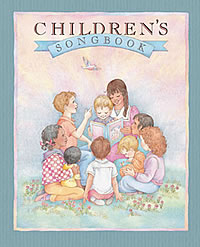
Criteria for Writing Children’s Songs
Are you interested in writing a children’s song for the Church’s recently announced new songbook for children? In this interview the prolific LDS children’s song writer Vanja Watkins said that a dissertation written by one of her former professors helped her immensely with her song writing process. Criteria for Selection of Children’s Songs in the Church […]
A Word on Chromaticism
The presence of accidentals does not make a passage is chromatic. Chromatic passages occur specifically when you change the accidental of the same pitch. So for instance, in the key of C: E-F#-G#-A is a diatonic line, even though it has accidentals, because the accidentals still create a segment of a diatonic scale. You never hear, say, F and […]
Part Writing
Scholar David Huron explains that part writing (also called “voice leading”) “has been variously defined, but one simple definition is that it is the art of combining concurrent musical lines or melodies.” He continues, “The practice became codified into a set of recommendations (do’s and don’ts)” around the 1500s. These recommendations have evolved over the years along […]
Naming Pitches
Often when we talk about pitches, we make reference to where it falls in the singer’s voice (e.g., a soprano’s high E versus her low E) or in relation to the piano’s middle C. This system mostly works, but it can sometimes lead to some confusion. For instance, many sopranos can sing three Cs: the […]